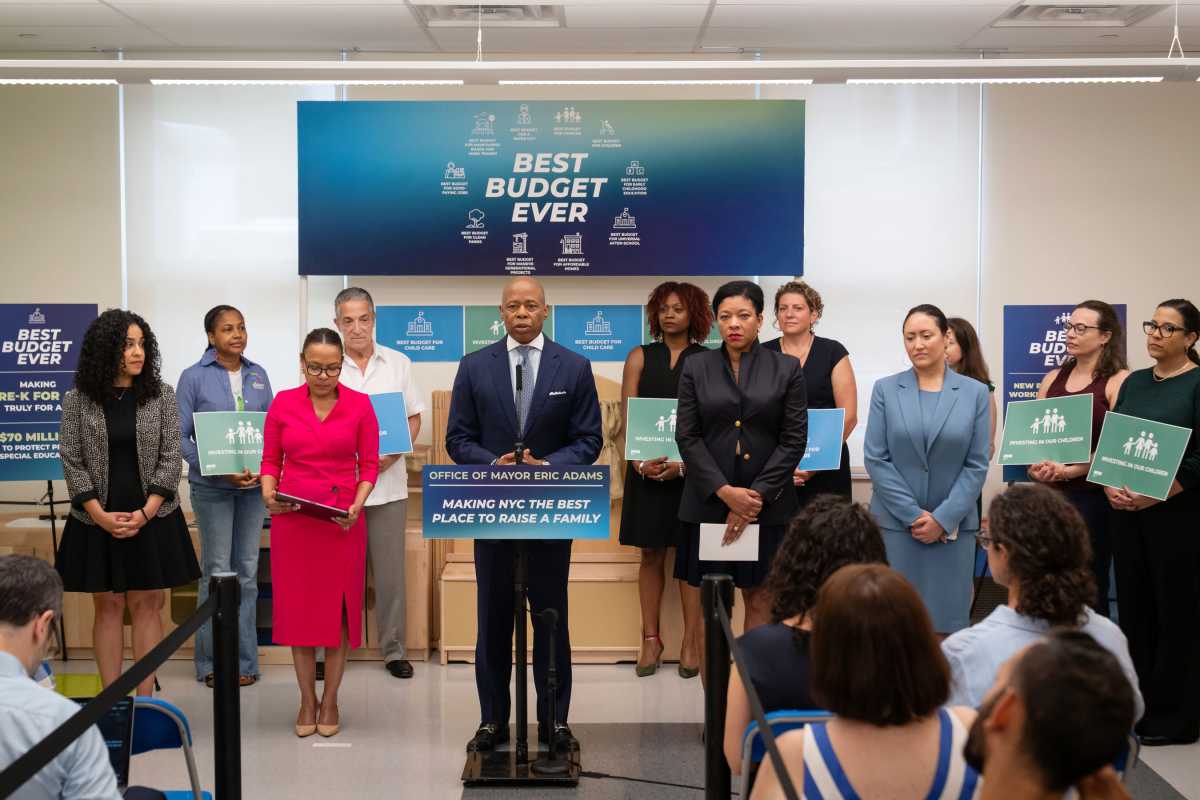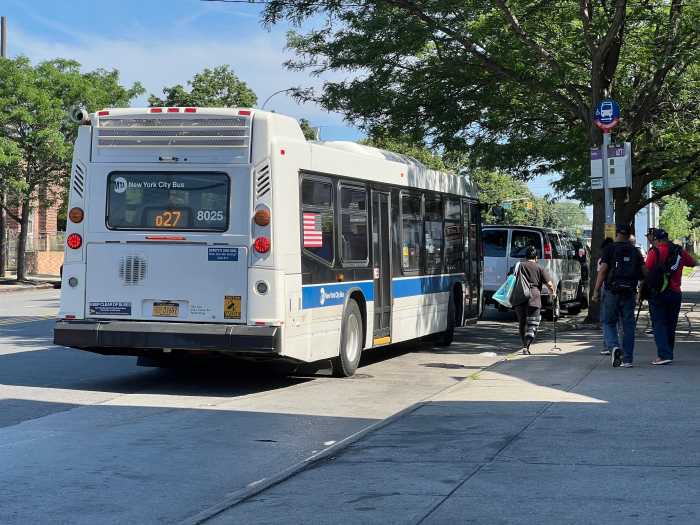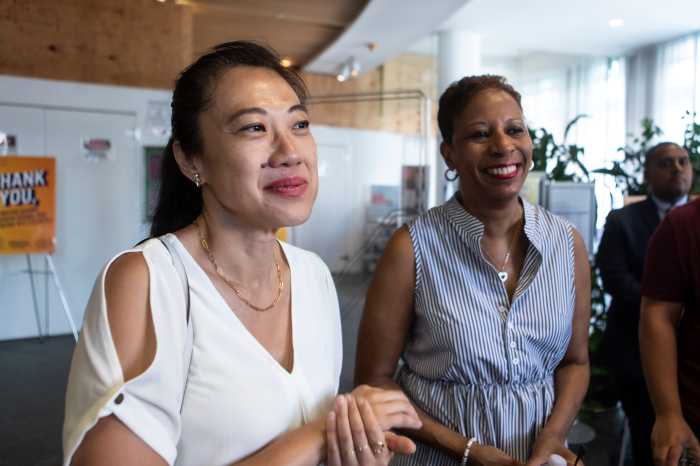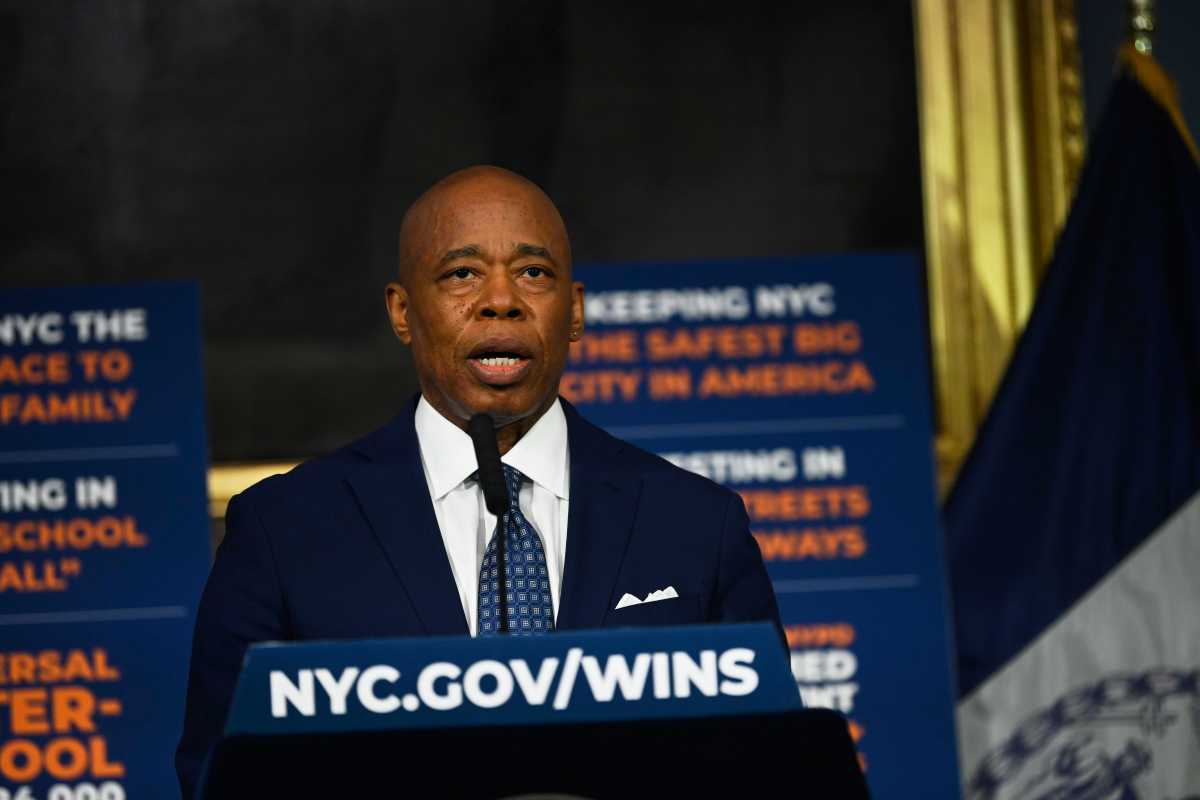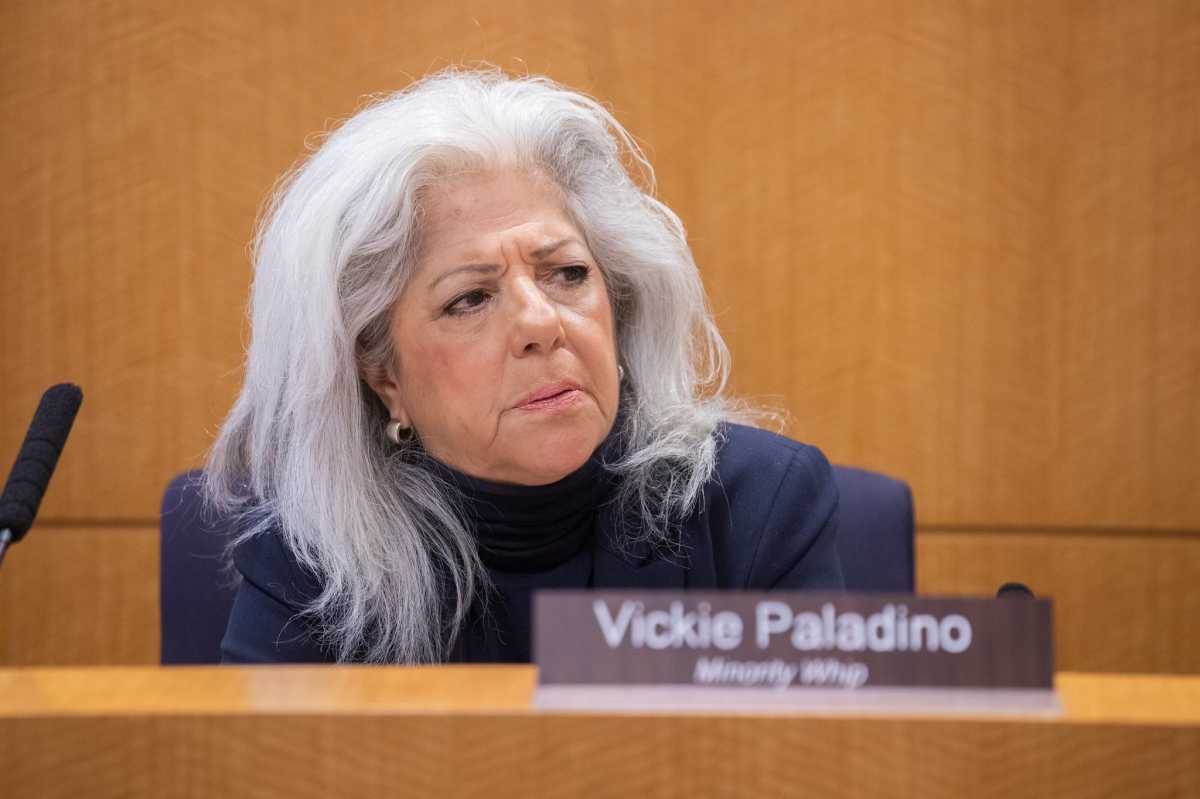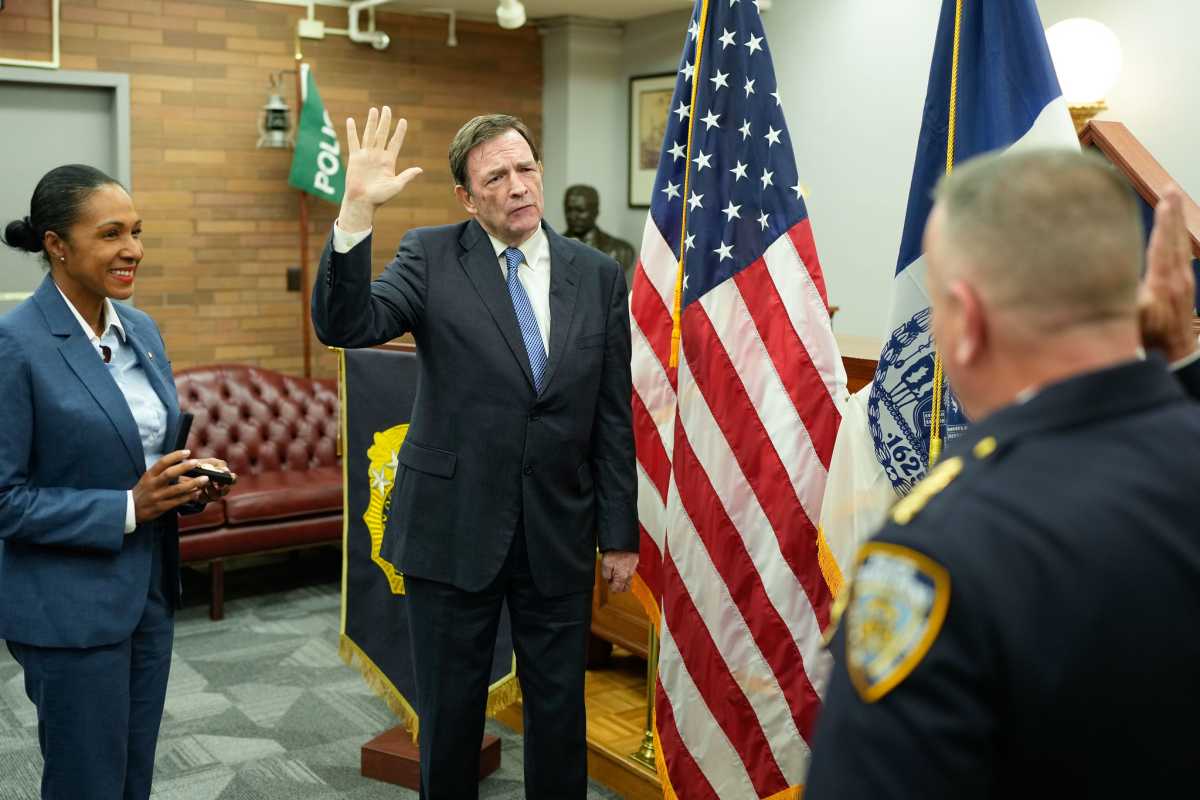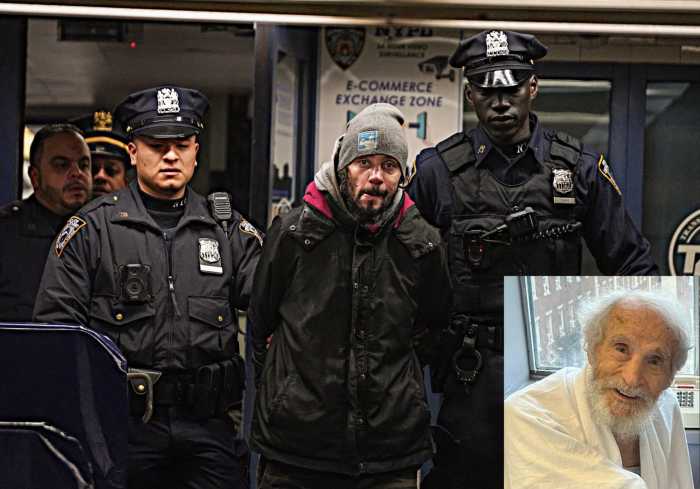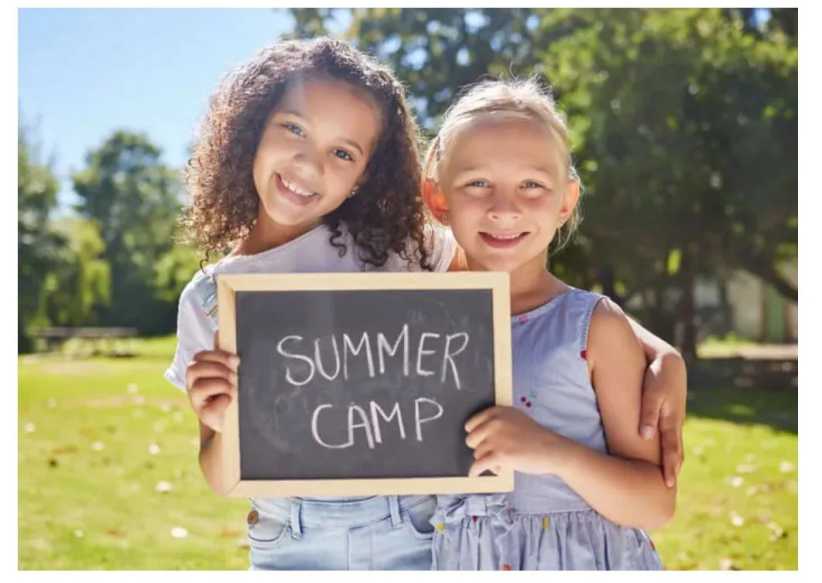By William Lewis
The political party operates at many levels. Here in New York City, the parties have county organizations with officers and an executive committee composed mainly of district leaders.
At the grass roots level, however, major political parties and most third parties have political clubs, usually named after the area where the club is or the state Assembly district in which the club is located.
The political club performs many functions, including providing campaign workers during elections to circulate petitions and distribute campaign literature in shopping centers and from door to door. Club members work phone banks and do their utmost to spread the word about their candidates. Members of clubs support fund-raising efforts of their county organization and fund-raising by candidates.
Most of these clubs have monthly meetings, during which time they have guest speakers and club discussions about national, state and local political developments.
Clubs are organized similar to the ways of other organizations. They elect their officers and conduct meetings according to parliamentary procedures.
Party county and state organizations depend on clubs to provide campaign workers and resources during election time.
People who join political clubs are usually people with similar interests who have the same political views. Most clubs have charters from the county organization, but clubs are also formed as insurgent groups against the county organization. There are also independent clubs that do not always follow the lead of high party authority.
Almost all district leaders and public office holders belong to political clubs in their districts.
Clubs help to spread the electoral system and encourage citizens to become politically active. Membership in these grassroots clubs gives people an opportunity to have an exchange of views and also work together to improve government.
Control of club leadership is important. Referring to Manhattan in the 1940s and early ’50s, almost all the Democratic Party political clubs were under the direction of the Democratic county organization at the time, which was led by Tammany Hall. During the late 1950s, a series of reform Democratic clubs came into being.
These new clubs challenged the Tammany clubs for gaining new members and also the two groups of clubs would support different candidates for party leadership in party primaries. During the citywide Democratic Party primaries in 1961, the reformers won most party positions. The reform clubs received a lot of the credit for their election successes.
So much in politics depends on having a good organization and plan of action. Good leadership and resources also contribute to winning elections. Today, political clubs do not exist the way they did 50 or 60 years ago. Times have changed and there is not the same amount of interest as there was years ago, but political clubs form the basis of our local political structure and will for many years to come.
It can be said that clubs help form our political democracy. When the media refers to the actions of political parties, they for the most part are referring to the actions of elected members of Congress, state Legislatures and national political party leaders. The national media rarely refers to local club actions except in small town weekly newspapers.
The local political club has been with us a long time and helps keep our political system intact. It is to be hoped that more people will join these clubs in future years and have a role in the workings of government.

